Overview
Ketogenic Diet can be any diet where ketones are expelled by the liver, through the metabolization of fat rather than glucose. Through carb restricions in diet, the body adapts to prefer burning fat for energy. Blood sugar is controled in ketosis as insulin is no longer being release to get rid of blood sugars. By eating plenty of protien and high fat foods, this results in less cravings and feeling full longer.
